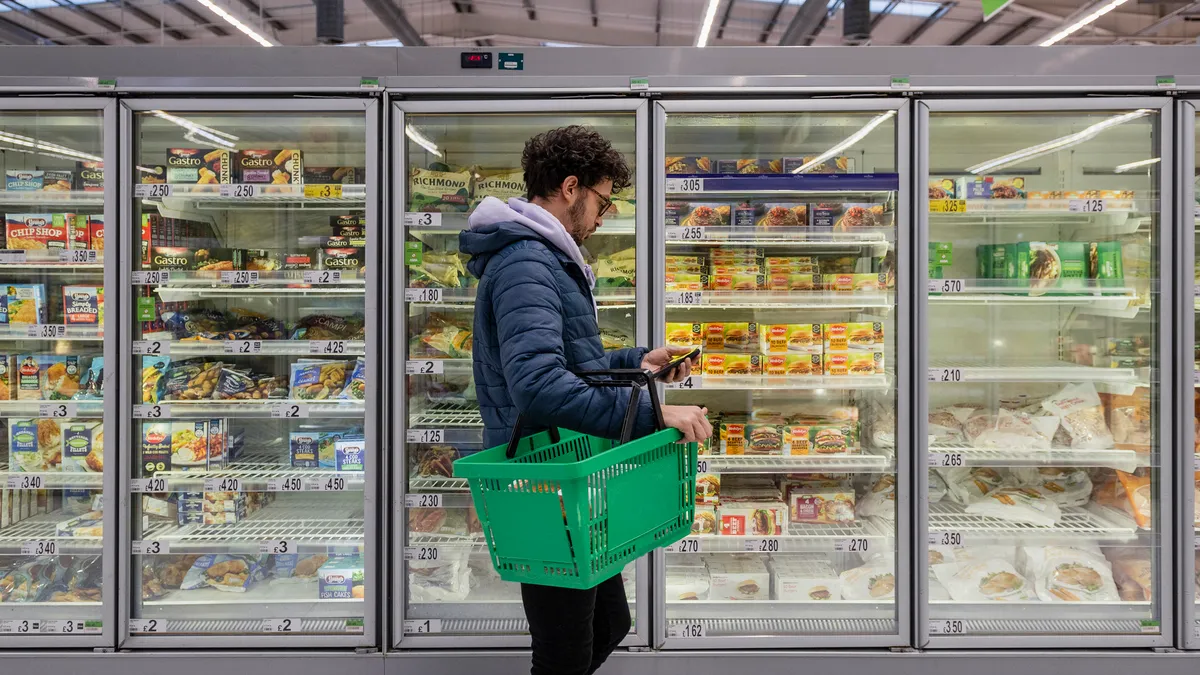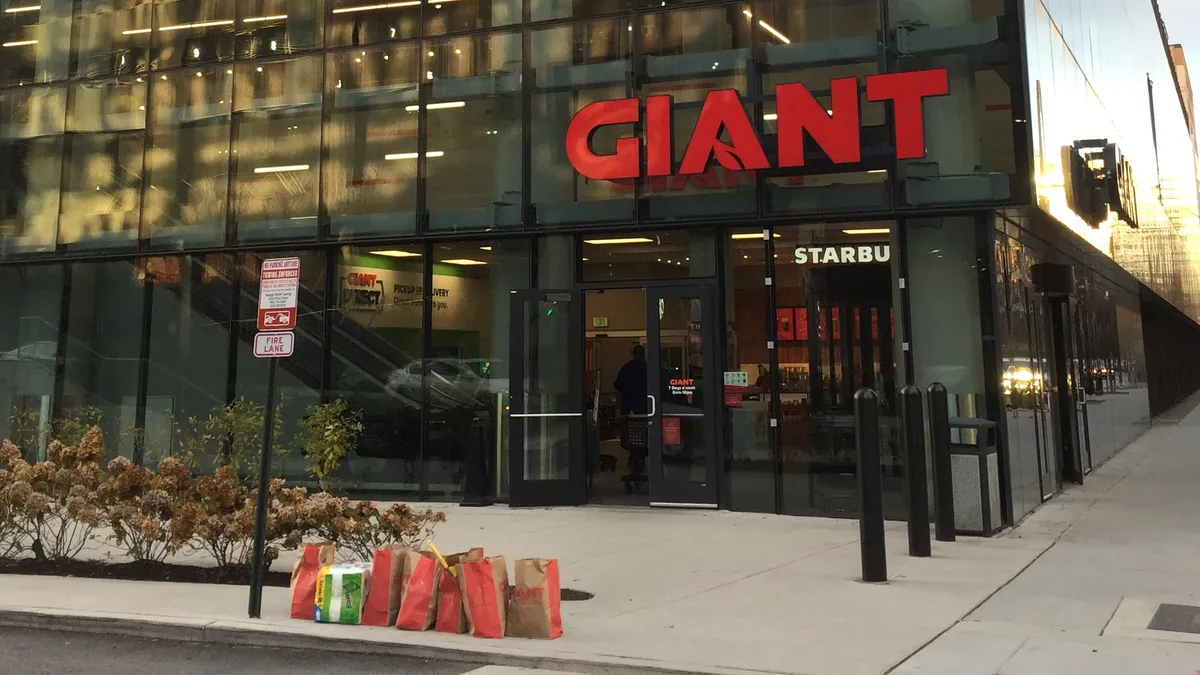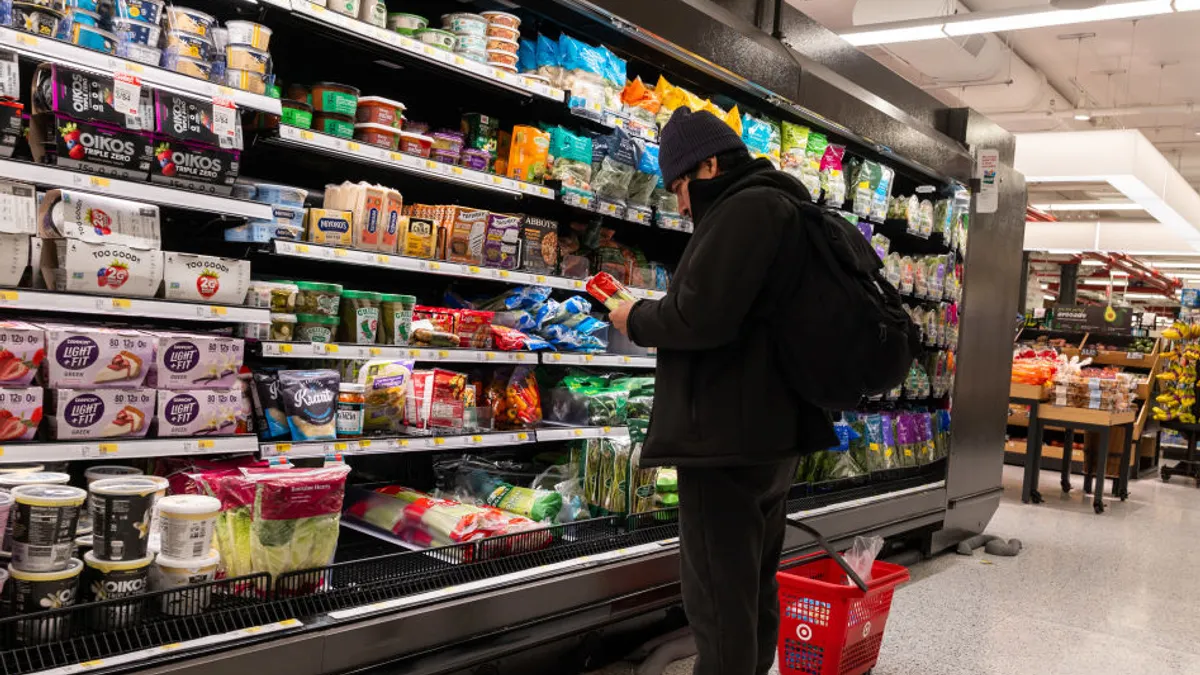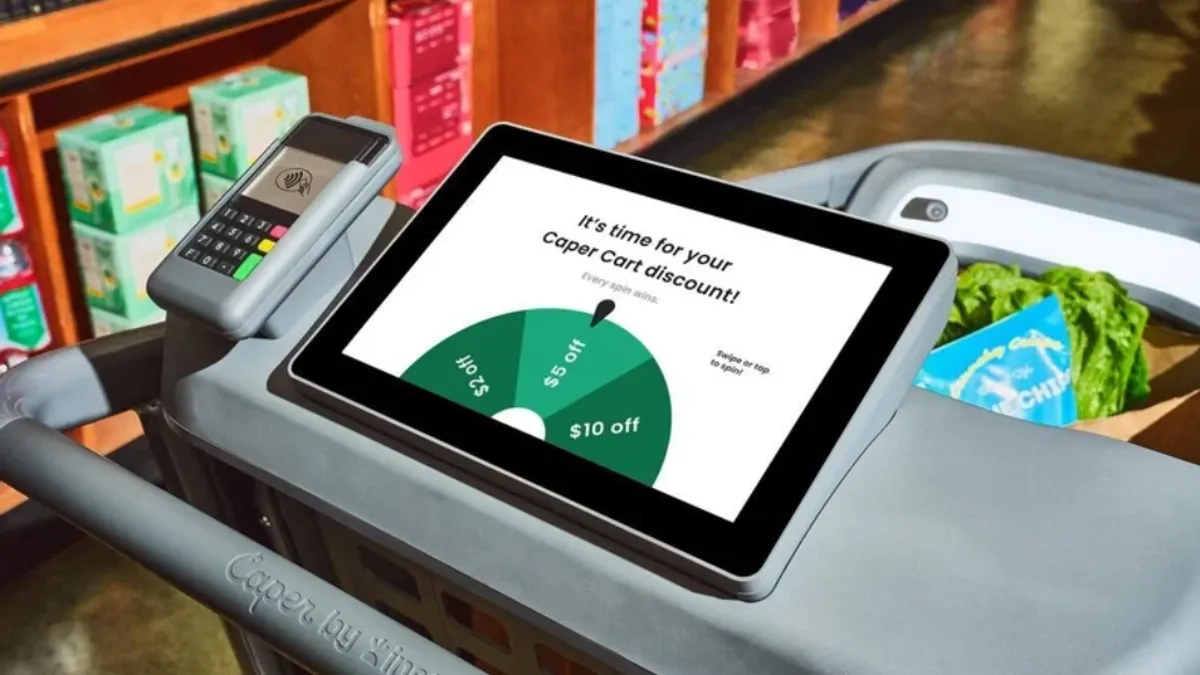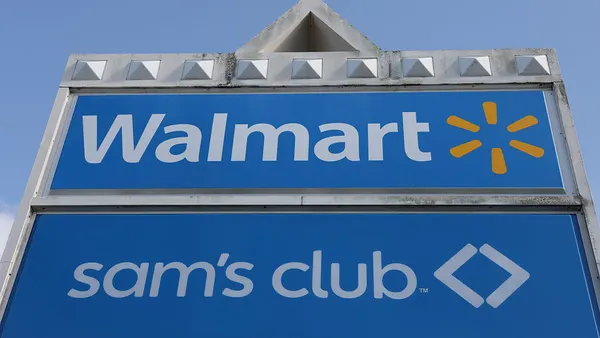This story is the first in a series on key trends that will impact grocers in 2023.
What does the year ahead have in store for the grocery industry?
Over the past three years, the answer to that question has been dictated by sweeping challenges that were largely beyond companies’ control. In 2020 and 2021, fear and safety concerns driven by the global pandemic upended grocery shopping. In 2022, the health crisis took a back seat to roaring inflation and a prolonged period of supply chain disruptions.
It’s hard to say at this point if there will be another dominant narrative for grocery in 2023. In interviews, industry experts pointed to the ongoing impacts of inflation — noting that, while prices are slowly starting to come down, many consumers remain financially stressed after so many months of paying more for groceries and other goods.
Experts see plenty of room for other trends to blossom in the year ahead, as well. Retail media continues to gain steam, but may not be the gold mine that many retailers envision. E-commerce promises to return to growth after cooling off in 2022. And Kroger-Albertsons may herald a renewed wave of industry M&A.
Here’s a look at the trends that experts say will have the biggest impact on grocery in the year ahead.
Inflation continues to impact consumers
While the pace of food inflation has come down somewhat in recent months, industry experts expect the fallout from furiously rising prices to continue buffeting the grocery industry in 2023.
“The financially stressed consumer is going to drive a lot of the trends that happen next year,” said Tom Furphy, a former Amazon and Wegmans executive who is now CEO of e-commerce technology company Replenium. “Shoppers are going to be looking for value.”
Overall sales are unlikely to decline this year even as people carefully watch their spending. But food retailers will probably have to step up their use of promotions and other tools to hold down costs in order to retain inflation-battered shoppers, impacting margins, said Taylor Ricketts, an assistant vice president at F&D Reports.
“I do think the profit scenario has to some degree peaked in the near term,” Ricketts said. “But compared to [the] pre-pandemic period, it's still a favorable operating environment for grocers because you're still seeing a good tailwind with demand.”
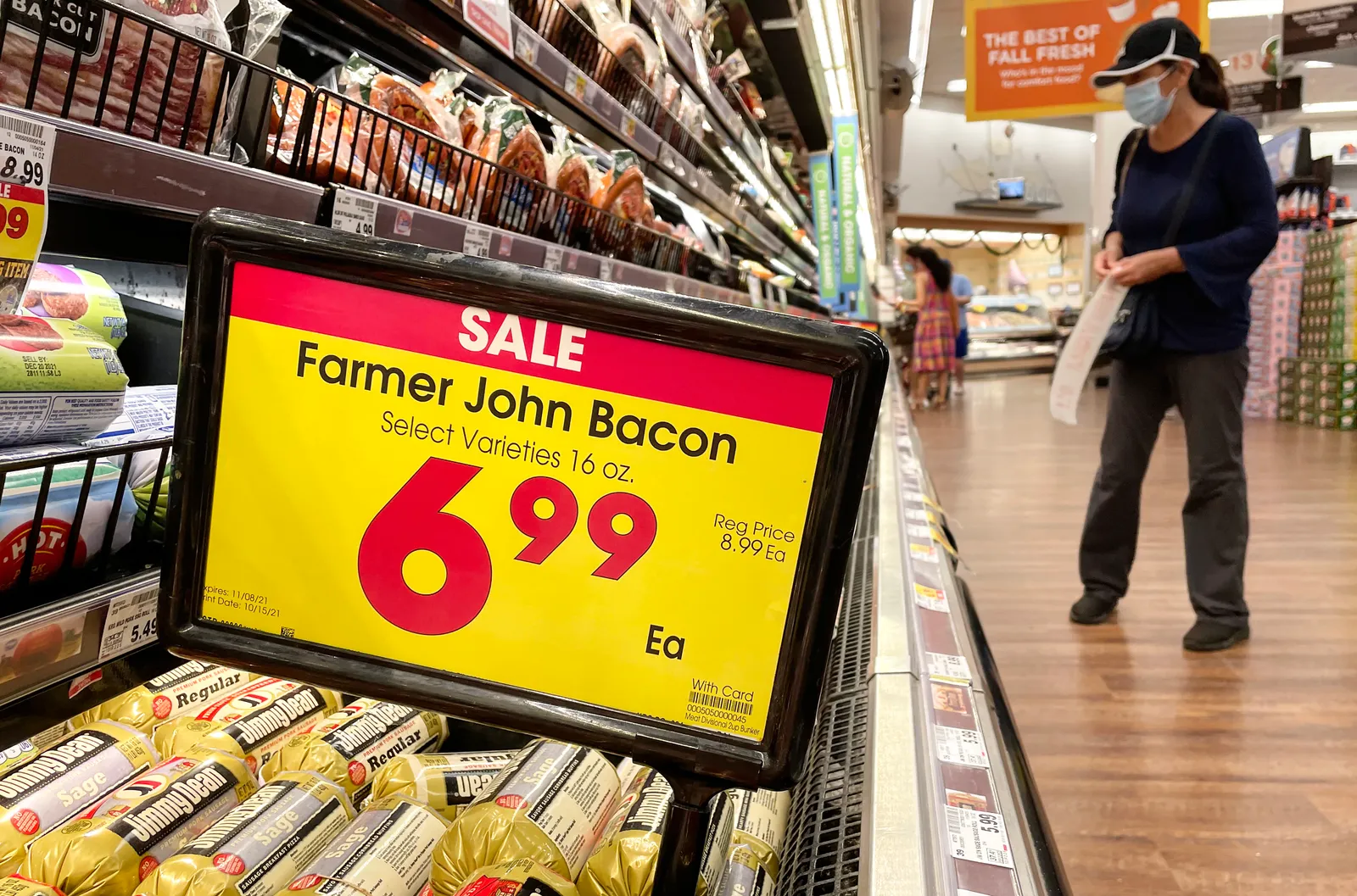
Grocers will also have to contend with competition from retailers in other sectors that look to food as a way to attract shoppers’ limited dollars, said Rachel Dalton, head of retail insights at data analytics firm Kantar.
“Shoppers have a high level of concern about their overall ability to afford everyday essentials like groceries, so I think because of that you're going to see more of a focus on groceries across other channels beyond just traditional supermarkets,” Dalton said.
Grocers focus on personalization and value messaging
The silver lining of that ongoing price sensitivity is that retailers will have the opportunity to demonstrate that they are dedicated to holding down prices by taking concrete action to provide shoppers with value, said Erich Kahner, director of strategy and insights for North America at Dunnhumby.
“There's potential to demonstrate empathy for customers and roll that into long-term loyalty,” said Kahner.
A heavy focus on price could prove especially beneficial to retailers with well-established loyalty programs, which provide the opportunity to track shopping preferences and deliver targeted offers to shoppers at the optimal moment.
“It appears like after all the ups and downs of the pandemic, personalization has come out the other side mattering more,” said Kahner, adding that value now outweighs convenience as a priority for many consumers. “All that is done really only through use of customer data, not simply by seeing what the competitor across the street is carrying, or how the competitor down the road is pricing their products.”
Ricketts said many shoppers have returned to their pre-pandemic practice of shopping around for good deals, a force that will push retailers to emphasize low prices and make sure shoppers are aware of their efforts to hold down costs. “Grocers are very aware of that and they're trying to do their best to stay in front of it with the messaging,” said Ricketts.
E-commerce will return to growth mode
After skyrocketing early in the pandemic, grocery e-commerce will remain prominent but with a different growth trajectory, sources said.
In August roughly 68% of all US shoppers said they consider themselves online grocery shoppers, with varying degrees from e-commerce loyalists to occasional users, according to Kantar data cited by Dalton.
Grocers will continue to make e-commerce options like pickup and delivery faster, more efficient and overall better experiences, she said.

After seeing e-commerce sales plateau over the last few months, Good Food Holdings CEO Neil Stern expects growth to pick back up again this year: “In the future, we want customers to pick that channel if that's the way they prefer shopping. … It's not going to be panic driven [by the pandemic]. It's gonna be because ‘this is what I want to do.’”
David Ritter, managing director in consumer retail practice for Alvarez and Marsal, expects large players to begin to achieve e-commerce profitability in the year ahead, pointing to the Kroger and Ocado tie-up and Walmart’s acquisition of micro-fullment center maker Alert Innovations as two key examples of efforts underway with this goal in mind.
Grocers add more amenities to online shopping
After building out their e-commerce options for consumers since the pandemic started, grocers will start creating more of a seamless omnichannel experience that better blends in-store and online shopping.
Target’s Starbucks curbside pickup service and Sephora’s free samples with online orders are some of the examples Anne Mezzenga, a Target veteran and co-CEO of retail blog Omni Talk, noted of how retailers are already adding perks to online orders.
Mezzenga expects to see retailers add offerings to their pickup apps to make it easier for customers to make impulse buys, like the candy and gum items customers often add to their baskets at the checkout aisles in stores: “I think that’s going to be a huge area of experimentation.”
Providing sampling with e-commerce orders is another area where Mezzenga believes grocers might experiment.
She also said grocers will likely seek out more options to make pickup more efficient, such as lockers or autonomous robots in parking lots. Walmart, for example, last year started piloting snack robots in store parking lots operated by remote drivers.
Tortoise Mobile Vending Robots at @Walmart ???? pic.twitter.com/Ua2y8ddmBR
— Tortoise (@TortoiseHQ) July 28, 2022
“There’s going to be a lot more experimentation to make that curbside pickup process more efficient for the retailer and for the customer,” Mezzenga said.
The store experience once again takes center stage
The emphatic return of in-store shopping in 2022 has prompted grocers to refocus on updating their fresh departments and center store aisles, sources said.
Look for companies to update their in-store dining options and introduce new technology like ordering kiosks, smart carts and app-friendly functions. Grocers can push their fresh departments forward even more with a farm-to-table focus, which can appeal to customers who not only want to support local brands and businesses but also desire cleaner, nutritious meal options, Dalton said.
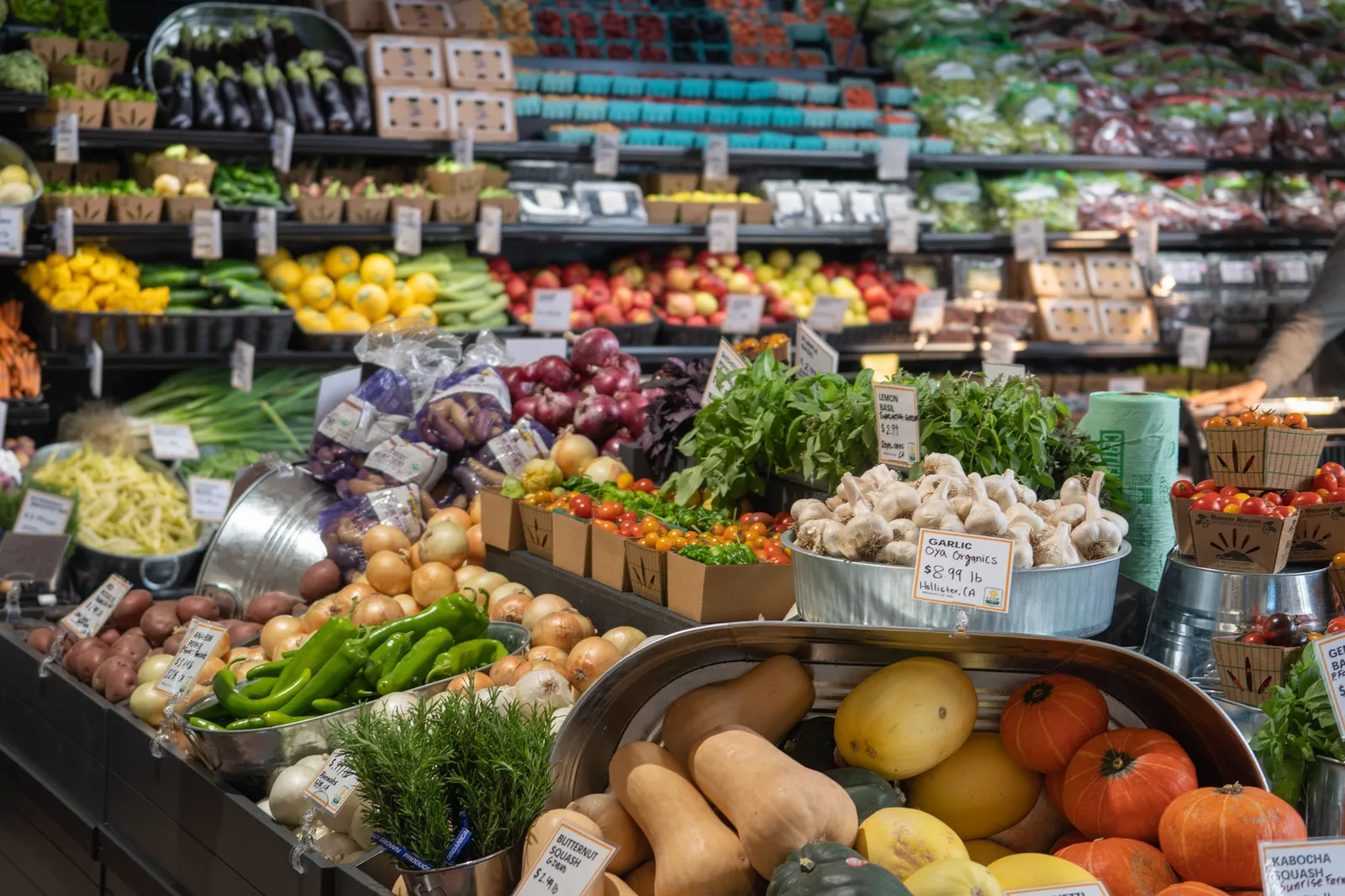
Some small and regional grocers will increase their assortment of fresh foods in the years ahead to stand out against larger competitors, said Kevin Kelley, principal and co-founder of Shook Kelley, a design firm in the restaurant and grocery industries.
“Right now, many grocery stores, depending on who you ask, have like 60%, 70%, 80% shelf-stable product and 20% perishable. I think you're going to see that paradigm completely shift,” Kelley said.
One small grocer that’s already taking this approach is Dom’s Kitchen & Market, which opened its first store in 2021 in Chicago’s Old Town neighborhood featuring meal stations at the center of the retail floor, with a selection of packaged goods situated off to the side.
Retail media will grow — and so will its challenges
Retail media for grocers in 2022 focused on collecting customer and CPG data, expanding networks and building out revenue streams. But if this expansion is to continue into 2023, grocers need to focus on improving their partnerships with brands, sources said.
While consumer data is a driving force for retailers' media networks, brands and grocers are running into issues with quickly cleaning and analyzing data to respond in real-time, Mezzenga said.
Brands are also struggling to navigate the various media platforms that connect to all the different retailers now playing in retail media, Emily Frankel, senior vice president and head of e-commerce marketing at PepsiCo, said at the Groceryshop conference in Las Vegas last fall.
Furphy with Replenium said, "[I]f I'm a brand, and I've got to manage all these different networks with all these different rules … do I use my traditional agency to help me with that? Do I create my own internal agency to do that?"
As they move deeper into retail advertising, grocers may struggle to keep pace with the rapid pace of innovation. Jordan Berke, founder and CEO of Tomorrow Retail Consulting said in 2023 the distinction between the “haves and have-nots” of retail media will emerge.
“You're going to see the evolution of retail media move at a far faster pace than anything the retail community has seen,” he said. “Those that are able to keep up with that pace are going to take the advertiser community with them.”
Private label will grow, but not because of trading down
Private label brands hit their stride in 2022, largely due to inflation pressures, which are forecasted to remain a looming presence for grocers into 2023.
But even when inflation tapers off, Ritter believes private label penetration in grocery will continue to rise.
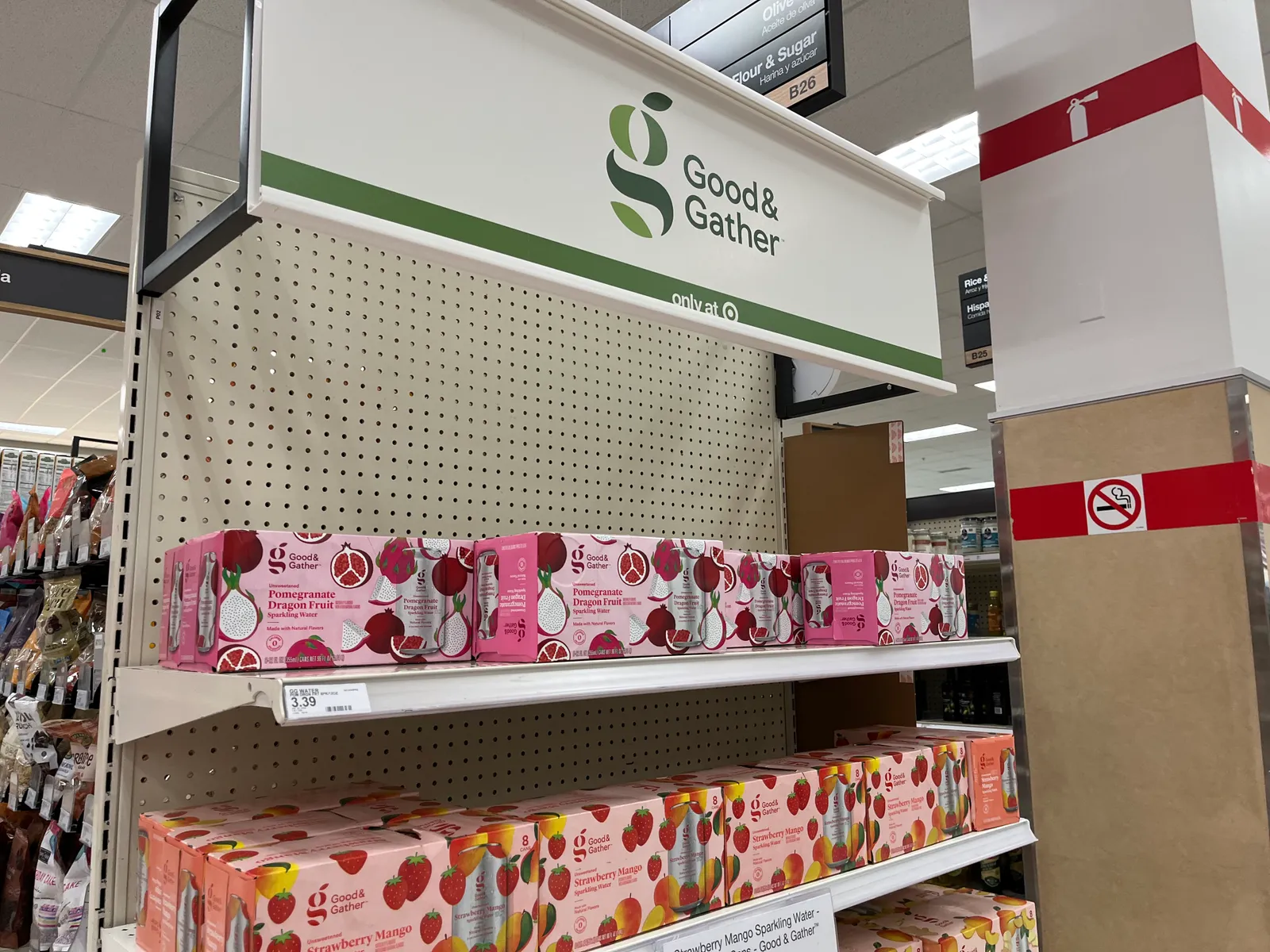
“For many years, grocers have invested in their private label products because they’re more profitable from a penny profit perspective,” Ritter said. “And it’s the perfect time: [Grocers] have done this work, and now consumers are starting to struggle.”
The growth of private labels should not be credited to shoppers down trading from household name brands, despite the backdrop of inflation seen throughout 2022. Instead, trade downs are expected to continue with ingredients and consumers shifting away from natural and organic products, said Bobby Gibbs, principal in the retail and consumer goods division at consulting firm Oliver Wyman.
M&A accelerates in the wake of Kroger-Albertsons
If the proposed mega merger between Kroger and Albertsons gets a blessing from federal regulators, both grocers will likely divest hundreds of stores, giving other chains the opportunity to acquire these locations.
But that’s not the only force that could drive an uptick in M&A activity in 2023 and beyond.
“I also think we’re going to see bigger chains that have the ability to withstand a more difficult cost environment look to acquire some of their less liquid competitors,” said Ritter.
The grocery industry is also likely to see an increase in M&A activity this year because of pressures like digital innovation and supply chain disruption, said Gibbs.
The past two years have seen a few notable tie-ups between regional grocers, including Raley’s acquiring Bashas’ and Price Chopper merging with Tops Markets, and more of those combinations could be on the horizon.
“With consolidation, there's an opportunity to simplify things for vendors that leads to lower costs across the system, and that can then pass the savings on to the end consumer,” Gibbs said.


